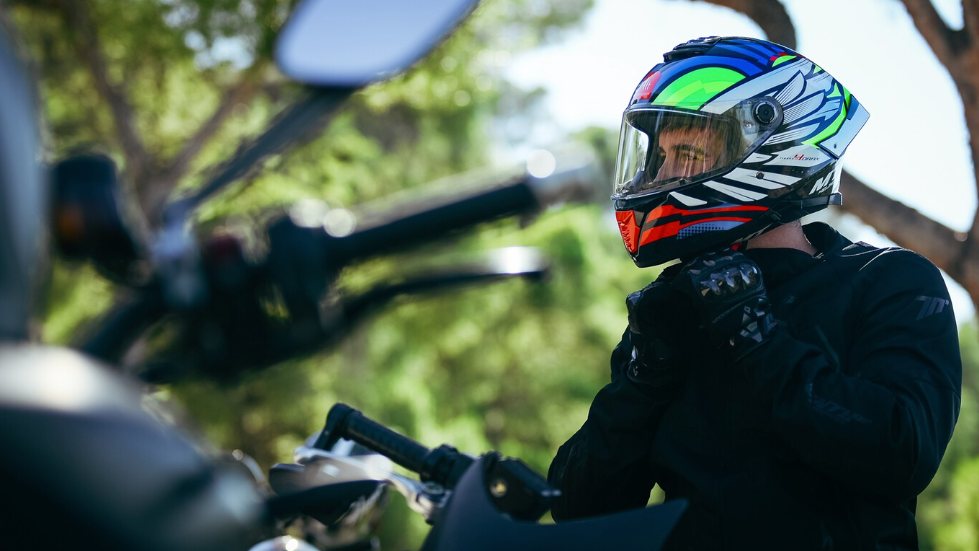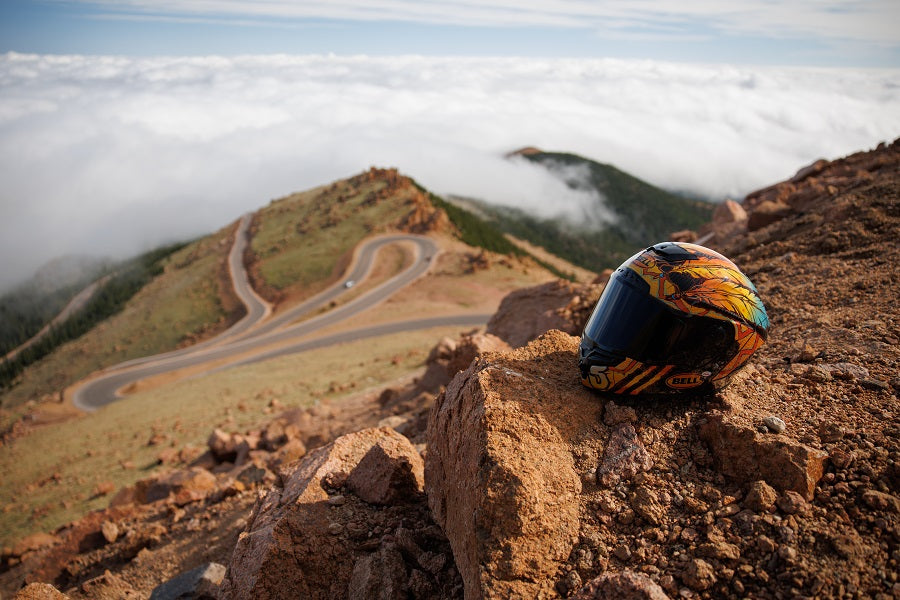History of Cafe Racers and the Dress Code
The cafe racer culture is one of the most iconic chapters in the history of motorcycling as it gave the activity a new identity. It started in the early 60s in the post-war British society. The youth, at the time, took to buying used motorcycles which were discarded as more and more people could afford cars, and turned them into lean, mean machines that that epitomized speed and an adrenaline-filled lifestyle.

Back then, cafe racers weren’t built in factories, and were rather made in sheds. In short, making a cafe racer required taking a motorcycle (preferably a twin-cylinder), removing parts that were not necessary, or substituting them with light weight elements, dropping the handlebars or what are called as clip-ons today, and installing rear-set foot-pegs. Most cafe racers also sported a single flat seat just for the rider. The weight reduction helped increase outright performance which was then supplemented by the rider tucking in so as to reduce the aerodynamic drag on the motorcycle.

This culture came to be in London, and the name cafe racer came to be from the cafe culture associated with the motorcycles. You see, the idea was to use the motorcycles for short, quick rides between different cafes in London which were frequented by the youth. These cafe racers then quickly became an identity for the youth which represented speed and rebellion. This also prompted unorganized racing on the streets which only went onto steep the cafe culture era into the folklore of motorcycling.

As cafe racers were ridden by the youth, the dress code was also quite fashionable for the times. It mostly complied of leather jackets and jeans with a half-face helmet. The half-face helmet was popular at the time and offered motorcyclists that wind in the feeling that we all love and crave. As times evolved the cafe racer dress code evolved accordingly, and today, most casual outfits such as jackets and jeans, or t-shirt and jeans have become a part of this culture. The idea behind the dress code is that it looks good on the bike, and off it as well.

Many manufacturers also offer especially designed cafe racer riding gear such as helmets. The Bell Bullitt helmet and the Bell Custom 500 are two great examples of that. Then there is Rev’it! that makes leather jackets. Ankle length boots from Stylmartin and Forma complete the modern-day cafe racer dress code.

As for the motorcycles, once the manufacturers got the hint of their popularity, they started offering similar designs from the factory such as the Moto Guzzi Le Mans and the Harley-Davidson XLCR. However, in the 20th century, the making of cafe racers were mostly restricted to sheds and not factory floors. That changed in the 21st century as major bike makers such as BMW Motored, Ducati, Royal Enfield, Honda and others have started offering cafe-racers from the factory.




